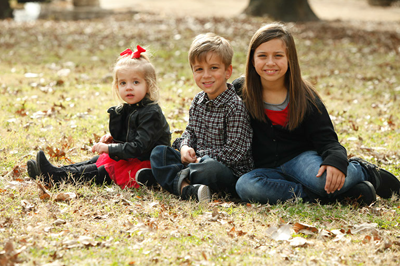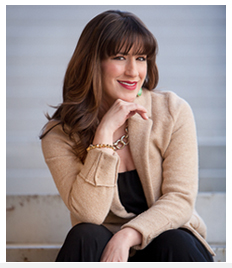
When I was a child, my mother home-made a lot of the clothes I wore on her sewing machine. I can still see her today as she carefully pinned each piece of the pattern on the material before she began cutting the material out to sew. My mother knew that Vogue had created this pattern in such a way to achieve the design shown on the front of the package. If the design was messed up, it was she who had messed it up because she didn’t lay and cut out the pattern properly.
Have you ever thought that our emotional response to circumstances in life
can mess up the design of the pattern in which God created us?
Oh yes, when God uniquely designed us, He gave us feelings. They serve as a gauge to tell us when something is right or wrong. While all feelings are okay, wrong behavior is never okay.
And that’s why we, as caring adults, should try to have an understanding of a child’s feelings in order to help him grow according to the pattern (image) in which God designed him. If he doesn’t learn how to manage his feelings in a proper manner in childhood, his negative responses could be carried over into his adult life.
Let me give you an example of what I mean.
Several years ago when I was teaching adult classes on grieving, a lady in the class told a very interesting story. She said that every year at her husband’s family reunion, his older sister recanted their growing up years together. The story goes that when she and her friends would start to go out, her little brother would want to go with them. Obviously, she didn’t want him tagging along, so she would refuse his pleas. Upon hearing the word “NO,” the little boy would stomp his feet, scream at his sister in anger and march into his room, slamming the door behind him.
This lady said that no matter how many times that story was told, the rest of the family members laughed hysterically, visualizing the cute antics of their little brother. Finally one year, she stood up after the story was told for the umpteenth time and said: “He still does that when he doesn’t get his way, and I don’t think it is very funny!”
That’s what I mean about an emotion that was not laid out and cut properly in childhood and became a negative way of responding in adulthood. What was causing the negative pattern to continue?
In my post last week on Temperaments, we discovered that the choleric personality has an outward anger response to situations in life. Could it have been that? I don’t know the answer to that, but it is one possibility.
Today, I’d like to add two more possibilities that could be the cause of an emotional response not being laid out and cut properly in childhood.
Parental Influence
Titus 2: 7 says: “In all things showing yourself to be a pattern of good works; in doctrine showing integrity, reverence, incorruptibility, gravity, and sincerity.”
In the verses preceding vs 7, older men and women are being instructed to teach those who are younger. That leads me to believe that a parent who models a pattern of balanced emotions before children is one of the best teaching tools a child can have in regards to learning how to control his own emotional responses. However, many children grow up in homes where one or both parents are out of control themselves.
In their defense, many parents are just responding in the same manner in which their own parents responded. The family behavioral gene has been passed down because no one has changed the style in which they respond, so the same negative style pattern continues.
Traumatic Experience
When a tragedy or traumatic event occurs in a child’s life, it can totally reverse his normal way of responding. What is classified as a traumatic experience? Very simply put – traumatic is whatever is traumatic for the child. This could range from being ridiculed by a teacher or classmate to the death of a parent, or his parents’ divorce. This is why caring adults should develop a “watch and listen” approach to their child at all times as to what is going on in their life.
Oh, my dear friends, God so uniquely created the perfect design for each of us at birth. But, circumstances can come into our children’s lives and try to destroy the design of the pattern.
THE GOOD NEWS IS: By getting involved, we can help a hurting child grieve through a loss, and prevent negative patterns from continuing. Psalm 127:3 says: “Children are a gift from the Lord; they are a reward from Him.”
Let’s take care of the gift God has given us.











 Sanguine is an outward happy person, but underneath that happiness often resides suppressed anger.
Sanguine is an outward happy person, but underneath that happiness often resides suppressed anger.
